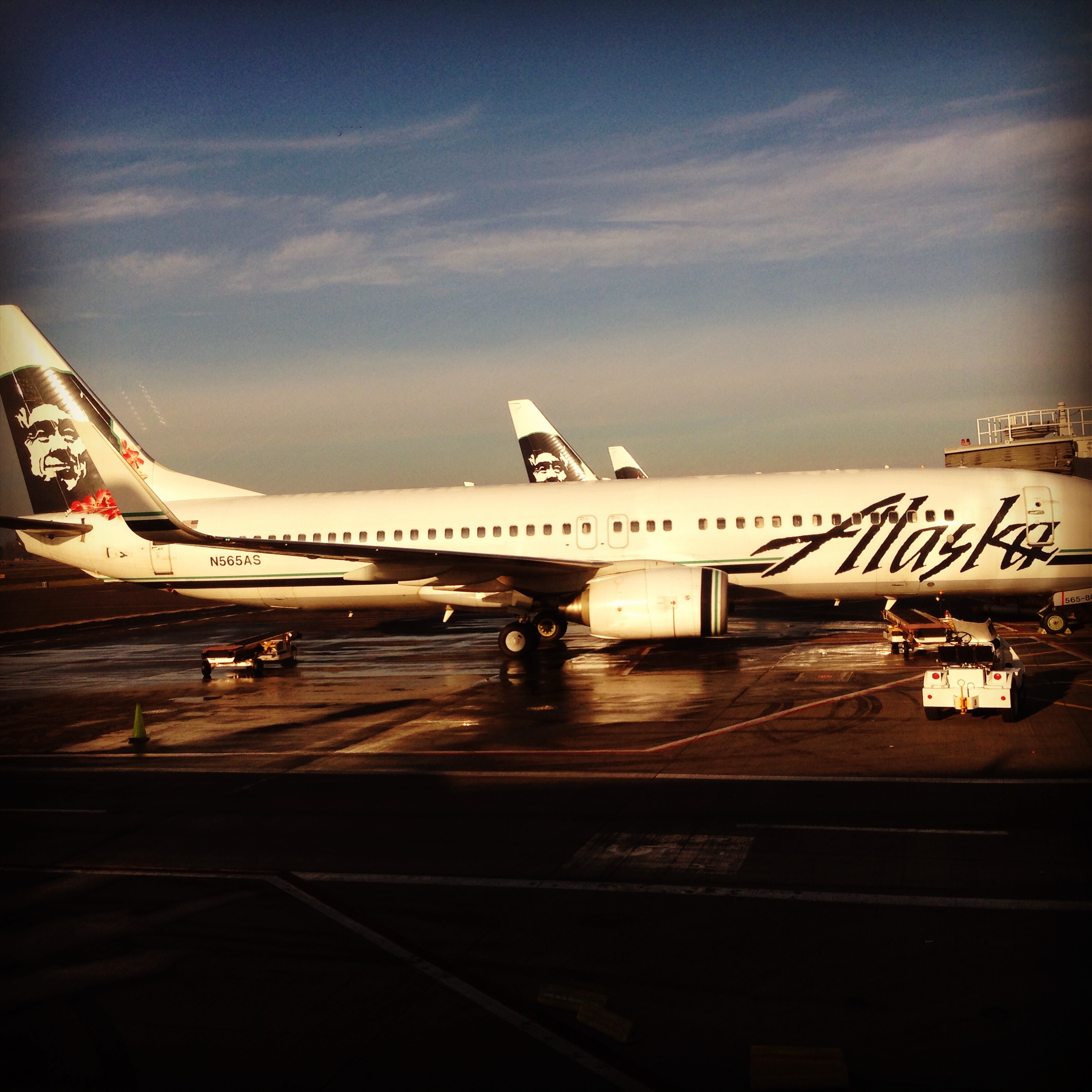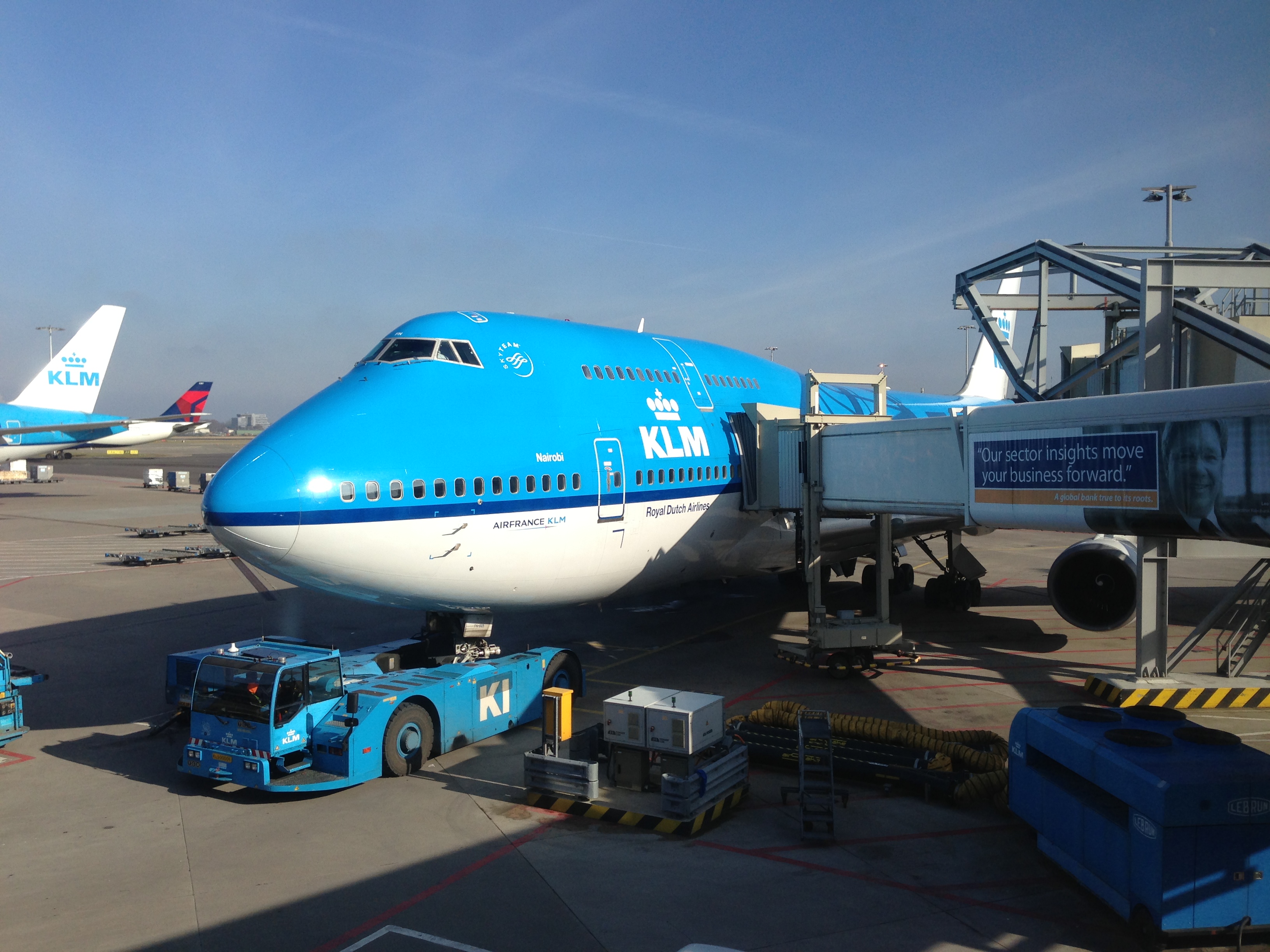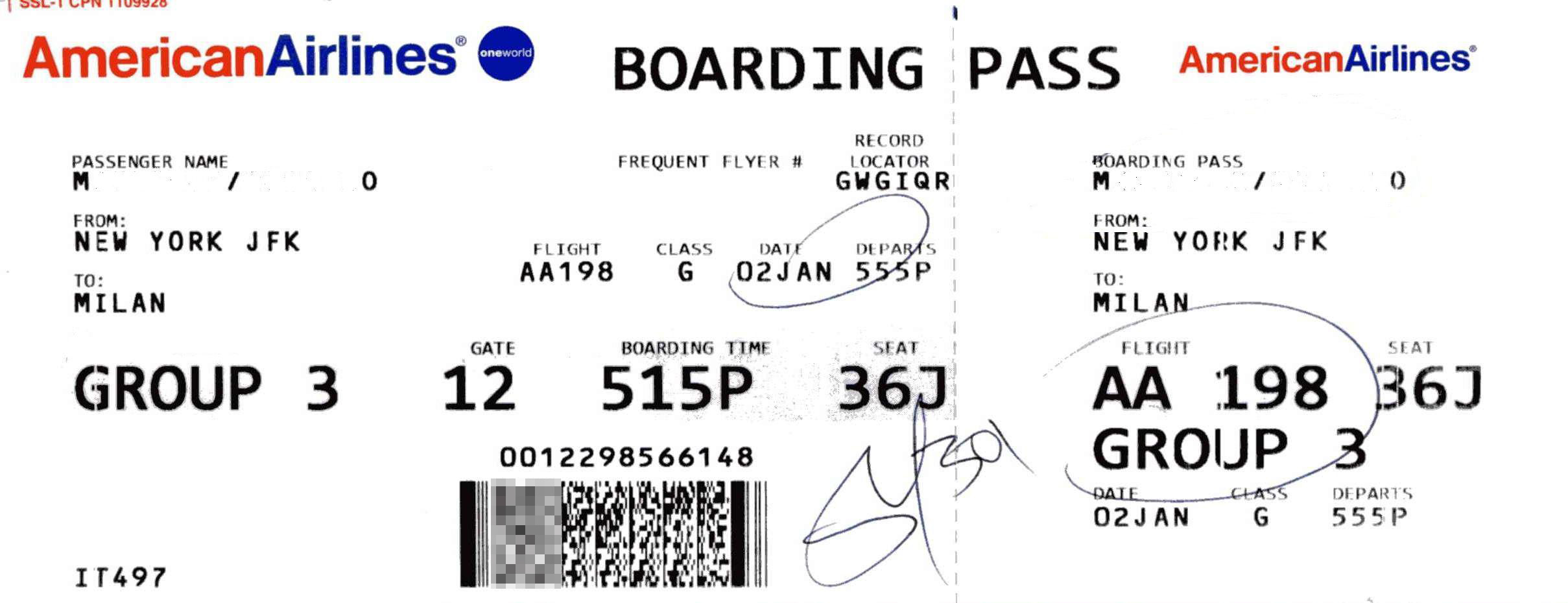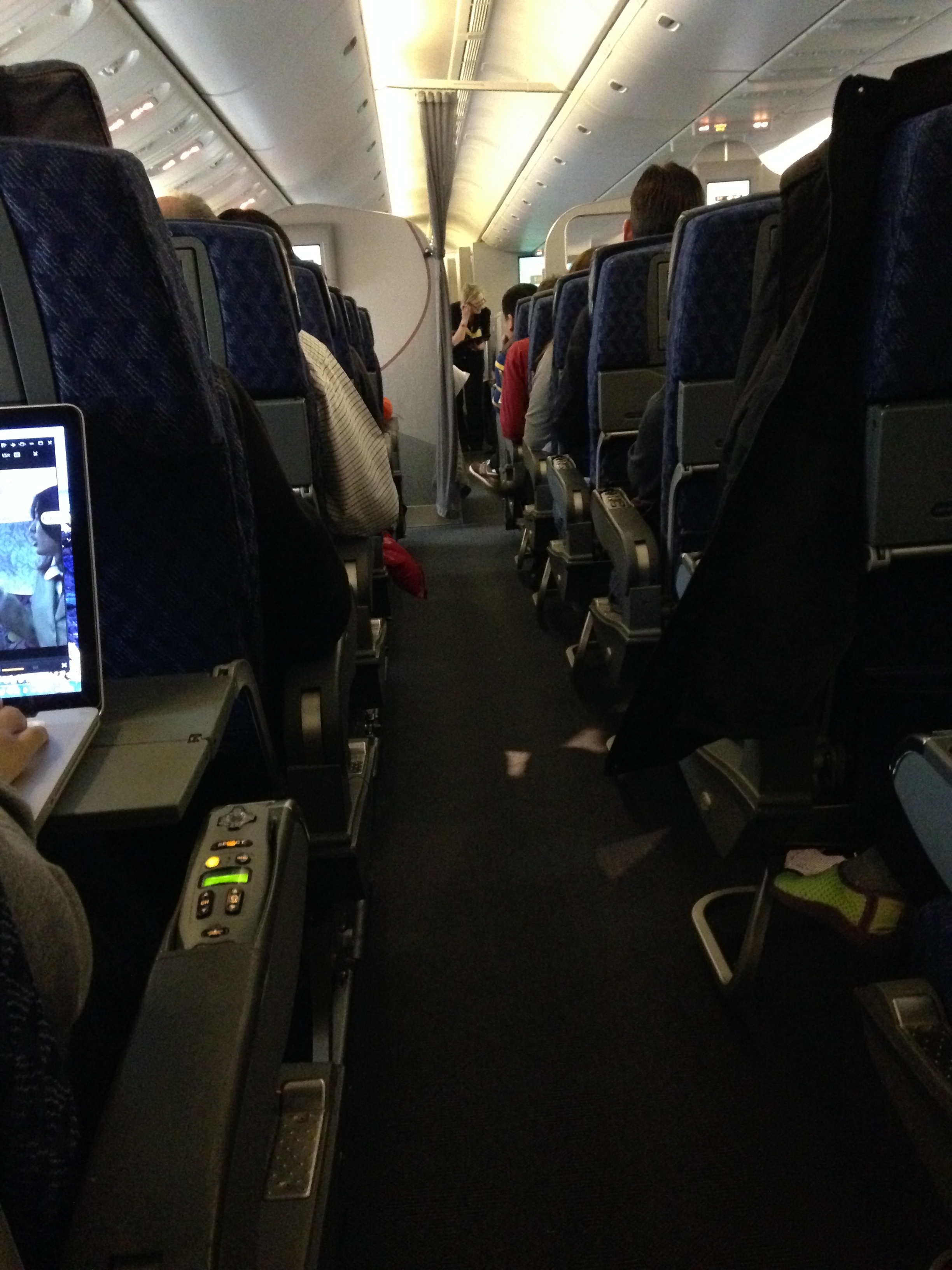Let’s Talk Codeshares!
 OK, so I know this is not everyone’s favorite subject, let’s be honest… The reality is that we live in a travel world filled with options called a ‘codeshare‘ and chances are, you’ve experienced one (or fifty). In theory, they are a good tool for airlines to broaden their footprint without much expenditure, and at the same provide feed and inbound connections from far away lands to their own flights. I’m going to present codeshares from a technical perspective so readers begin to understand just how complex these these thing really are.
OK, so I know this is not everyone’s favorite subject, let’s be honest… The reality is that we live in a travel world filled with options called a ‘codeshare‘ and chances are, you’ve experienced one (or fifty). In theory, they are a good tool for airlines to broaden their footprint without much expenditure, and at the same provide feed and inbound connections from far away lands to their own flights. I’m going to present codeshares from a technical perspective so readers begin to understand just how complex these these thing really are.
Start from the beginning. You see a flight and want to book. But oh wait! In the footnotes it states ‘US Airways operated by American Airlines’ and you don’t immediately recognize what that means. Well, for an AA or US elite passenger it means:
1. No auto-upgrades (unless you get a kind AAgent willing to bend the rules and put in the request). I have had this happen, and while I didn’t get the upgrade in the end I sure did appreciate the effort considering it was a codeshare. –
2. Free checked baggage allowance which is nice. +
3. No TSA prechcek reciprocity. –
4. IRROPS – you hope it will be smooth, and it should be, but each carrier may pawn you off on the other, which is wrong. –
And the list goes on… Here’s my advice: NEVER booked a codeshare unless significantly cheaper than the prime flight, otherwise you’re just asking for trouble. When I was flying to SJU this year the flights on AA were OUTRAGEOUS, over $700 one way. However the same flights booking US flight numbers but operated by AA were $140. That is a no brainer and kind of gives you clues as to how codeshares (pricing) work.
There are actually 3 different types of codeshare agreements, but for now, I will leave you with the above and get back to you later this week with the details on it all.
Fly Classy!






